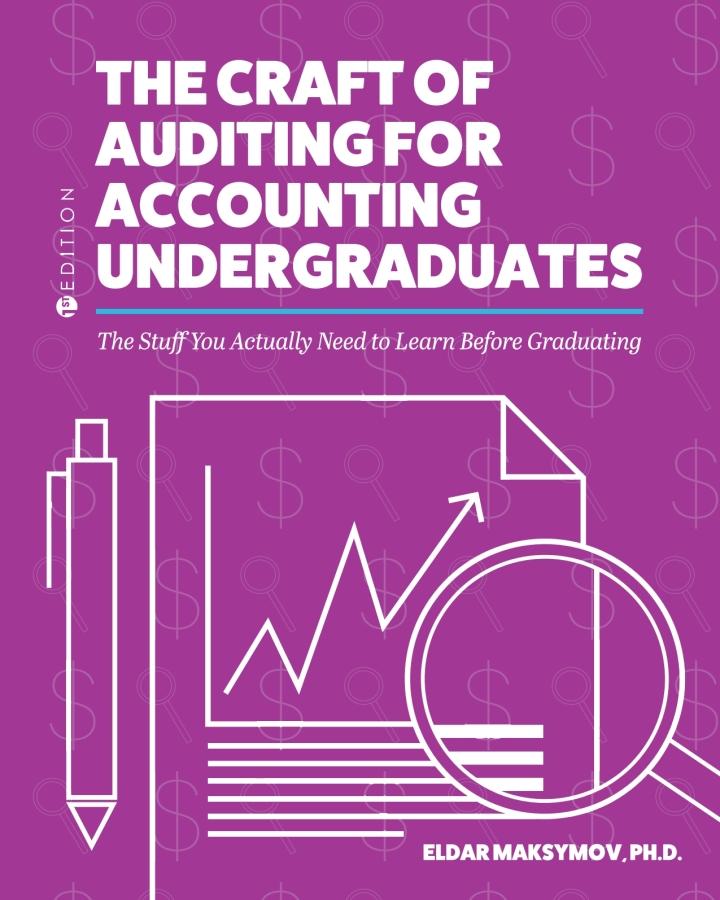Answered step by step
Verified Expert Solution
Question
1 Approved Answer
please help me with e, f and g A construction worker normally earns $9,150 per month. If he gets injured, he must take time off
please help me with e, f and g 
A construction worker normally earns $9,150 per month. If he gets injured, he must take time off work, in which case he only earns $5,490. His utility over income is given by the function U(Y)=100Y. Suppose that there are two types of workers (in equal proportions in the construction sector), with probabilities of getting injured of 1=0.25 and 2=0.65, respectively. A company offers to insure construction workers against this financial risk. (a) What is the expected loss of each type of worker. ( 3 points) (b) What is the maximum amount that each type of worker would be willing to pay for insurance? (15 points) (c) For each worker, is the price identified in (b) greater than, lesser than, or equal to the answer in (a)? Explain why. (2 points) (d) For Type-1 workers (1=0.25), illustrate the parameters of the problem and the solutions to (a) and (b) using a graph (utility function, expected utility, etc.). (4 points) (e) The insurance company knows that there are two types of people in the construction industry (in equal proportions), with probabilities of getting injured of 1=0.25 and 2=0.65. However, when it sells an insurance policy to an individual, the company doesn't know the individual's type. How much will the insurance company charge for an insurance policy? Note that its loading costs are $275 per policy. ( 4 points) (f) At the price indicated in (e), who would be willing to purchase the insurance policy? Explain. (2 points) (g) When they don't have insurance, construction workers who get injured can face substantial economic vulnerability. The government is worried that this may exacerbate existing inequalities; for instance, if economic deprivation during recovery negatively affects health and contributes to increasing among Type-2 workers. To remedy this situation, the government decides to offer a subsidy to people who wish to buy insurance. How much would the amount of the subsidy have to be to prevent the market from unravelling? Note that the government also cannot distinguish the two types of worker; it only knows that there are two types in equal proportions, with 1=0.25 and 2=0.65. (3 points) A construction worker normally earns $9,150 per month. If he gets injured, he must take time off work, in which case he only earns $5,490. His utility over income is given by the function U(Y)=100Y. Suppose that there are two types of workers (in equal proportions in the construction sector), with probabilities of getting injured of 1=0.25 and 2=0.65, respectively. A company offers to insure construction workers against this financial risk. (a) What is the expected loss of each type of worker. ( 3 points) (b) What is the maximum amount that each type of worker would be willing to pay for insurance? (15 points) (c) For each worker, is the price identified in (b) greater than, lesser than, or equal to the answer in (a)? Explain why. (2 points) (d) For Type-1 workers (1=0.25), illustrate the parameters of the problem and the solutions to (a) and (b) using a graph (utility function, expected utility, etc.). (4 points) (e) The insurance company knows that there are two types of people in the construction industry (in equal proportions), with probabilities of getting injured of 1=0.25 and 2=0.65. However, when it sells an insurance policy to an individual, the company doesn't know the individual's type. How much will the insurance company charge for an insurance policy? Note that its loading costs are $275 per policy. ( 4 points) (f) At the price indicated in (e), who would be willing to purchase the insurance policy? Explain. (2 points) (g) When they don't have insurance, construction workers who get injured can face substantial economic vulnerability. The government is worried that this may exacerbate existing inequalities; for instance, if economic deprivation during recovery negatively affects health and contributes to increasing among Type-2 workers. To remedy this situation, the government decides to offer a subsidy to people who wish to buy insurance. How much would the amount of the subsidy have to be to prevent the market from unravelling? Note that the government also cannot distinguish the two types of worker; it only knows that there are two types in equal proportions, with 1=0.25 and 2=0.65. (3 points) 
Step by Step Solution
There are 3 Steps involved in it
Step: 1

Get Instant Access to Expert-Tailored Solutions
See step-by-step solutions with expert insights and AI powered tools for academic success
Step: 2

Step: 3

Ace Your Homework with AI
Get the answers you need in no time with our AI-driven, step-by-step assistance
Get Started


